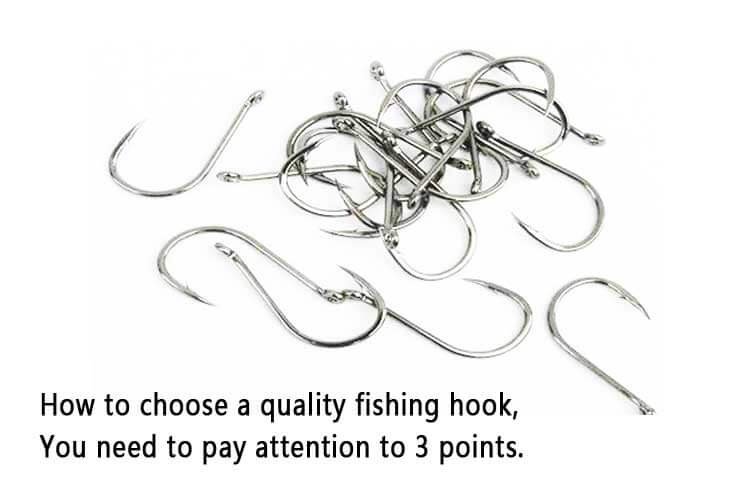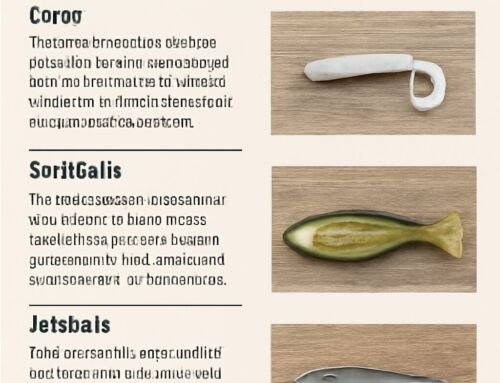We may encounter such experiences during the fishing process: the floating signal suggests that should have a fish bite, but there is nothing after lifting the fishing rod, or there is a fish when lifting the rod, but suddenly the fish is off the hook. Or after the fish is slid, the hook is straightened by the fish or even directly broken. More seriously, the fishing line is cut off by the edge of the stalk. Among other factors, there is a reason that we can easily ignore, and then we may have problems with the choice of hooks. So how selecting a quality fishing hook is very important, so let’s take a look at the key points to choose when choosing a hook.
1.Hook Point And Barb
The hook point must be moderately curved and sharp because it acts to puncture the fish’s mouth. A moderate angle means that there must be a vertical or slightly inward bend along the hook, the curvature should not be too large, and the hook point is sharp and tapered. Sharp parts should not be too long, long, and easy to break; not too short. It is too short and blunt; the angle of camber should not be too large, and the tip of the hook pierces the fish’s mouth with a certain angle of inclination, ranging from 30 to 60 degrees. Barbs are suitable for the length of the hook. Because the barb is long, the fish is not easy to unhook, but if it is too long, it is not convenient to take the hook.
2. Hook Coating
Check the surface of the hook coating, usually black, silver, and brown three colors, no matter which color, to be bright, smooth hook body, not uneven.
3. Strength and toughness
The choice of the hook is both strong and flexible, which is the main feature of the quality of the hook. Therefore, check the strength and toughness of the hook when purchasing, without machine testing, reliable eyesight, and hand or vise. The method is: first look carefully at the hook bend, the hook handle is uniform in thickness, smooth and round, without burrs, injuries, bumps, or cracks, and then use the thumb and forefinger to bend and hook the hookup and down and left and right. If you have no problems, you can try to pull. Small and medium-sized hooks are thinner, the pulling force is relatively small, and the fingers can be twisted. Observe whether the hook tip or the hook door is deformed. If it is deformed, the hook is not strong enough and the endurance is small; if it is not moved, or slightly moved, indicating good quality and high endurance.






